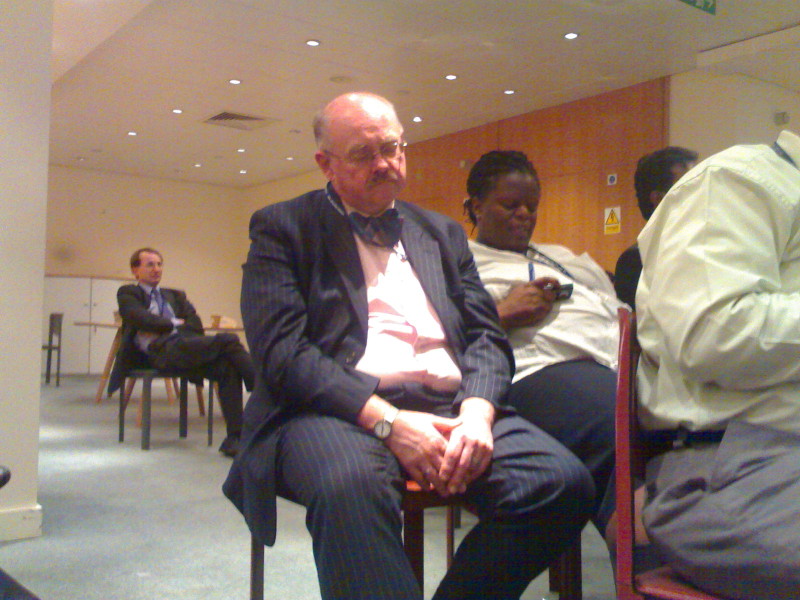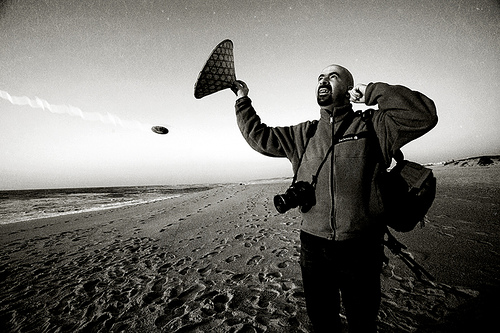Nobody wants to be stuck in a boring meeting. All it achieves is to suck the life out of a group of people who would otherwise be being productive at their desks. Yet so many of meetings held are ineffective and pointless. Here are my tips for organising a more effective meeting
Don’t Hold a Meeting
Is holding a meeting the best solution? Before you schedule a meeting, ask yourself:
- Does this really need a face-to-face sit down with a group of people?
- Is there a better format to achieve what we need to achieve?
It reaches a point where some people spend all their time in meetings and hardly any time at their desk doing actual work. Is that really the best use of them as a resource?
What Are the Aims of The Meeting
Now that you’ve decided that you need to hold the meeting, this is the most important step. You need to decide what the aim of the meeting is. If you are chairing the meeting then you need to make sure that the meeting doesn’t drift away from that focus.
It’s easy for a discussion to drift off-topic, but if it does, often the best way to deal with it is to acknowledge that there is an area that needs further discussion, but due to time, it would be best to revisit it after the other agenda items have been discussed. Make sure you make a note and you do return to it at the end.
Write an Agenda
Once you have decided on the focus of the meeting, write down the specific items that need discussing. Each item should have an outcome required. Some suggested ideas for item outcome could be:
- Agree on a way forward for a particular topic
- Update and record the progress of a job (and agree the next action)
- Agree on a new team structure
- Ensure all the correct information is collated to do a particular task
This is by no means a definitive list and it is up to the organiser to visualise the ideal desired outcome.
Once the agenda has been written, it should be distributed to all the participants so that they can prepare for any agenda items that involve them.
I also find it is a good idea to make a note of how long you expect each discussion item to take. Then you can assign a length of time to the meeting.
Write Down the Actions and Outcomes
During the meeting, make sure that any actions and outcomes that arise get written down. These can then be distributed to the participants afterwards so that they can see what was agreed.
If something is written down then it becomes tangible. Everybody knows what they are doing and if they don’t agree they have a chance to correct it.
Only Invite Necessary People
Have too many people in a meeting and it can soon turn into a free-for-all. Having chaired large meetings before, I wouldn’t choose to do it again if I had a choice. Participants tend to split off into smaller discussions and if you are not careful, chaos soon ensues.
It also means more people are being kept from doing work. Are all those people really necessary in the meeting? Perhaps they could come in for just the sections they are needed for?
So, your mission now is to go forward and spare us all from the tedium of a poor meeting.




